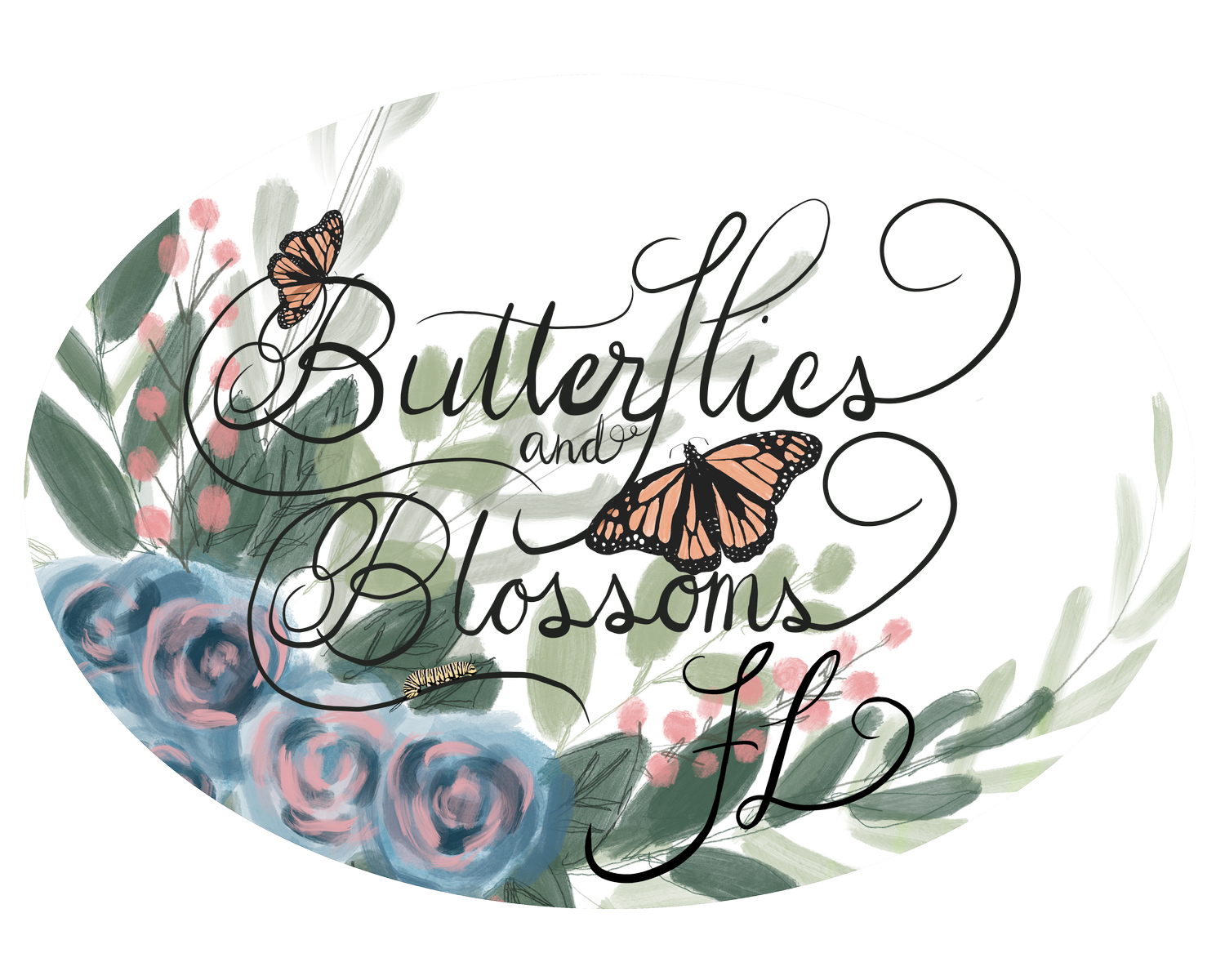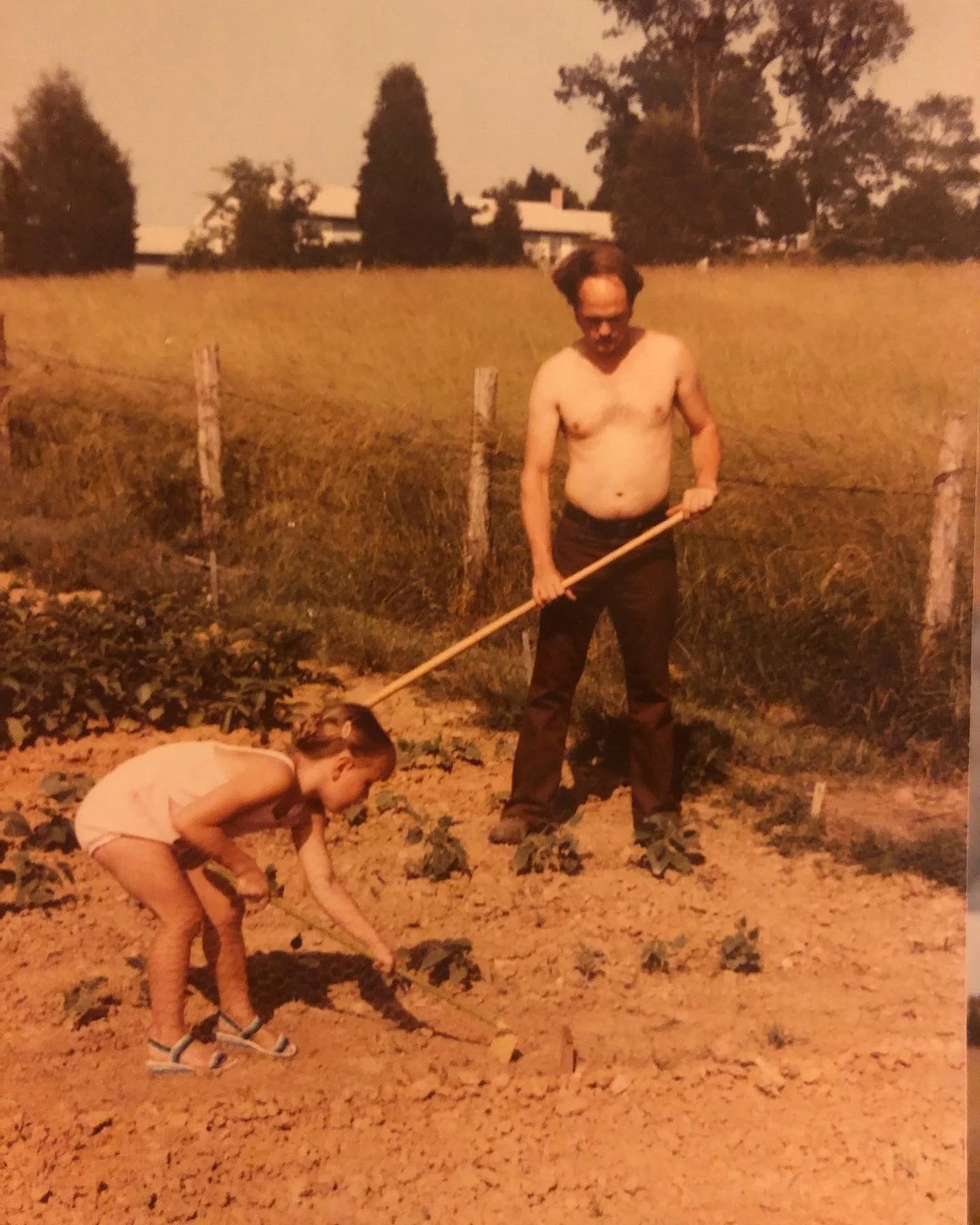Diary of a Gardener Rooted in Memory: Rediscovering Florida’s Garden Past Week 1
Nostalgic Gardening: A Look Back to Grow Forward
Recently, I came across an article about a concept called “nostalgic gardening.” At first, I thought, Wait… isn’t that what I’ve been doing all along? According to Country Living Magazine, this so-called trend infuses sentimentality into the soil, using flowers and fragrances to transport us to another time and place. More than just a design choice, it reflects a broader cultural yearning to reconnect with nature and slow down—something I think many of us are craving these days.
When I reflect on my own gardening journey, I realize much of it has been an effort to recreate the feeling of the landscapes I grew up in. Raised in rural Kentucky, I remember the wide open spaces—rolling hills, horse pastures, vegetable gardens, roses in bloom, and beyond all that, wild, unmanicured nature. Back then, I didn’t realize that the “weeds” lining the roadside were native pollinator plants. I just saw a mess—something to be mowed or sprayed. Now I look back at all that “clearing” and see what was lost.
I think of sugar maples, Bradford pears, and weeping willows. My Granny’s yard was full of life—she had every flower imaginable and knew how to propagate just about anything with tricks passed down over generations. Her two-acre plot was overflowing with beauty and intention; albeit her intention didn’t come with a lot of design principles. She planted where she wanted because that’s how she liked it.
Trying to replicate that in Florida? Nearly impossible—but I’ve tried. And eventually, I found success by learning to work with Florida’s unique climate, not against it. That familiar, comforting feeling I used to associate with Kentucky gardens? I’ve learned how to evoke it here, using plants that thrive in this environment while still carrying emotional resonance.
Take a drive through a typical Florida neighborhood today and you’ll often see the same story: old homes replaced with massive, boxy, concrete structures, often lacking character. Their landscaping is uniform and heavily reliant on the same few drought-tolerant, non-native plants. As a designer, I understand why these plants are used—they perform well and require little upkeep. But this cookie-cutter approach creates the illusion that this is what Florida really looks like.
Spoiler: it’s not.
Want to see the real Florida? Head inland. Explore undeveloped stretches of land. There you’ll find the true native landscape—saw palmettos, cabbage palms, wild grasses, and dense hammocks. It’s not polished, but it’s resilient, beautiful, and alive with history.
So, in the spirit of nostalgic gardening, let’s take a look at what our grandparents—or for most of us, someone else’s grandparents—were growing in Florida back in the 1950s. Post-WWII and post-Depression, Florida was still quiet, less developed, a retreat for the wealthy in winter, but not the year-round tourist magnet it is today. Disney didn’t exist yet. Neither did the interstate system that now connects every coast.
Early settlers’ Florida gardens were deeply tied to survival and sustainability. You’d see citrus trees, fruit trees, live oaks, Southern magnolias, saw palmettos, and sprawling vegetable gardens. Many of these choices came from Indigenous practices—people who had long since mastered growing with the land, not against it. Plants like coontie (an ancient cycad whose roots are edible), beautyberry (its leaves a natural insect repellent), and muhly grass were all part of the native palette.
By the 1950s, St. Augustine grass had become a lawn staple. Non-native plants, many brought over from Spanish settlers also started to become common in Florida landscapes. Alongside it, you’d find azaleas, hibiscus, bougainvillea, and citrus trees anchoring yards shaded by ancient live oaks. Many plants that are still popular today. Victory gardens, a holdover from wartime, still thrived in many backyards. And tucked in between, you might catch a glimpse of native rain lilies or golden patches of coreopsis.
Early descriptions of Florida landscapes called them “hardy, natural, and unpretentious”—a fitting reminder that beauty doesn’t need to be perfect or manicured. In embracing nostalgic gardening, we aren’t just recreating the past. We’re remembering the wisdom of working with the land, of slowing down, of finding beauty in what’s native and enduring.
So let’s dig in—literally and figuratively—and rediscover what gardening in Florida used to be. Because maybe, just maybe, that’s where we’ll find the soul we’ve been missing.
Always keep growing.
This is little me helping my dad hoe in the garden. I may have not been much help but I thought so.

